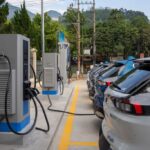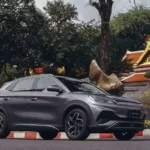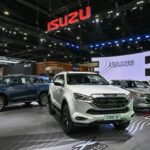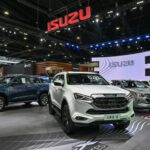Chinese Electric Vehicles Are Gaining Popularity in Vietnam: What Owners Need to Know
Chinese electric vehicles (EVs) are becoming an attractive option in Vietnam due to their competitive pricing, modern designs, and advanced technology. However, to ensure an optimal ownership experience, there are a few key considerations to keep in mind:
Driving Range
One of the primary factors when considering an EV purchase is the driving range. Chinese EV models often boast impressive range figures on paper, but real-world conditions in Vietnam can significantly impact these numbers.
For instance, the BYD Dolphin is rated with a range of up to 420 km according to the CLTC (China) standard, but this drops to around 340 km when measured by the WLTP (Europe) standard. This discrepancy is important to note as actual driving conditions in Vietnam, including traffic, weather, and road infrastructure, can further affect the range.
Owners should stay informed and plan their usage accordingly to avoid unexpected situations.
Charging Standards
Chinese EVs typically use domestic charging standards that may differ from the international standards prevalent in Vietnam. For example, many BYD, Wuling, and Aion models use the GB/T standard, while most charging stations in Vietnam support CCS2 or CHAdeMO standards.
This means that owners of a Wuling Mini EV, for instance, may encounter challenges when searching for compatible fast-charging stations. While some models like the BYD Atto 3 have been adapted to support the CCS2 standard, not all Chinese EVs offer this compatibility. Prospective buyers should verify the charging standards supported by their chosen model before purchase.
Charging Infrastructure
While EV manufacturers are expanding their charging networks in Vietnam, the infrastructure still lags compared to China. In China, EVs have access to hundreds of thousands of public charging stations, whereas in Vietnam, fast-charging stations are mainly concentrated in major cities like Hanoi, Ho Chi Minh City, and Da Nang.
Models with large-capacity batteries, such as the BYD Han and Hongqi E-HS9, require fast charging to maintain optimal usage times. However, finding compatible charging stations during long-distance travel can be challenging.
Currently, the public charging network in Vietnam is largely comprised of V-GREEN stations built by VinFast specifically for their EVs. Private investments in charging infrastructure are also growing, with notable companies including Eboost, EV One, EverCharge, EVN, DatCharge, Rabbit EVC, VuPhong Energy, SolarEV, and Autel, as well as the recent entry of PV Power – the Vietnam Oil and Gas Power and Energy Joint Stock Company.
Excluding the V-GREEN network, the private charging infrastructure in Vietnam is still relatively sparse.
Therefore, owners of Chinese EVs need to proactively research charging station locations before embarking on long-distance trips to prevent running out of charge mid-journey.
Home Charging
Given the limitations of the public charging infrastructure, installing a home charging station is a practical solution for owners of Chinese EVs. Most models, including the BYD Dolphin, Aion ES, and Wuling Mini EV, support AC charging at 7kW, which is suitable for home installation.
However, some models with large-capacity batteries may require DC fast charging to ensure efficient charging times, which could be inconvenient if owners lack the means to install a DC charger at home.
Additionally, Vietnam’s electrical infrastructure may not always support the continuous high-power charging demands of certain EVs. Owners should assess their home electrical setup and consult experts before installing a home charging station to ensure safety and compatibility.
Before committing to a Chinese EV, buyers should carefully consider their options, seek out real-world reviews, and plan their charging strategies to mitigate potential inconveniences during ownership.
TH (Tuoitrethudo)
The Thai Auto Industry Stumbles Over its “Favoritism” for Chinese Electric Vehicles
Thailand, often dubbed the “Detroit of Asia”, is a powerhouse when it comes to automotive manufacturing. The country is home to a plethora of prominent carmakers, earning its reputation as a hub for all things automotive in the region. With a strong presence of industry leaders, Thailand has cemented its place on the global map as a key player in the automotive world, mirroring the spirit of Detroit, the traditional automotive capital.




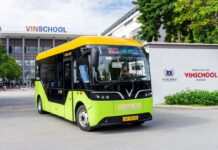




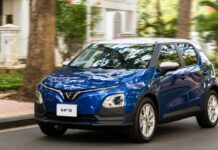
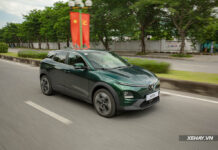
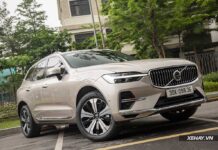

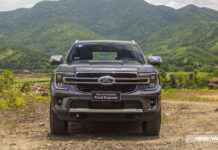


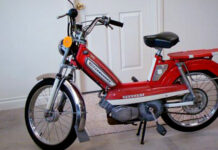

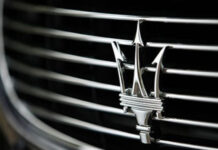

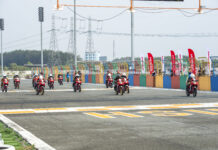


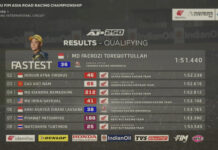


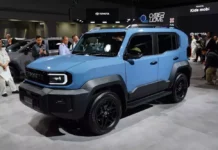
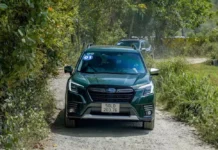

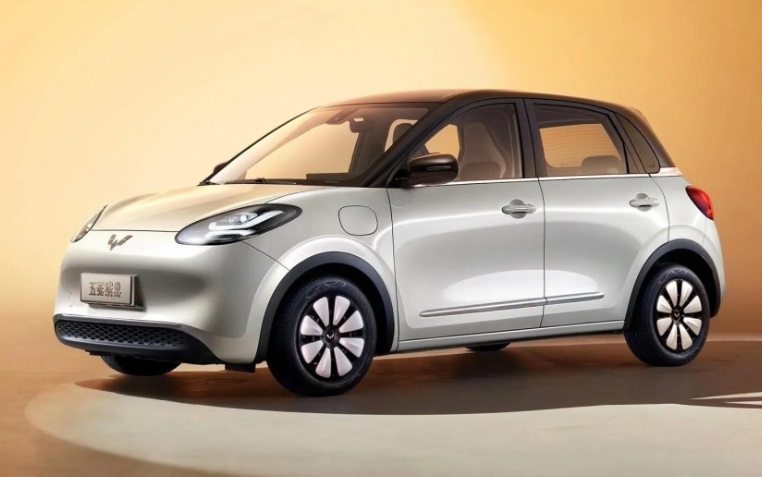
.jpg)
.jpg)
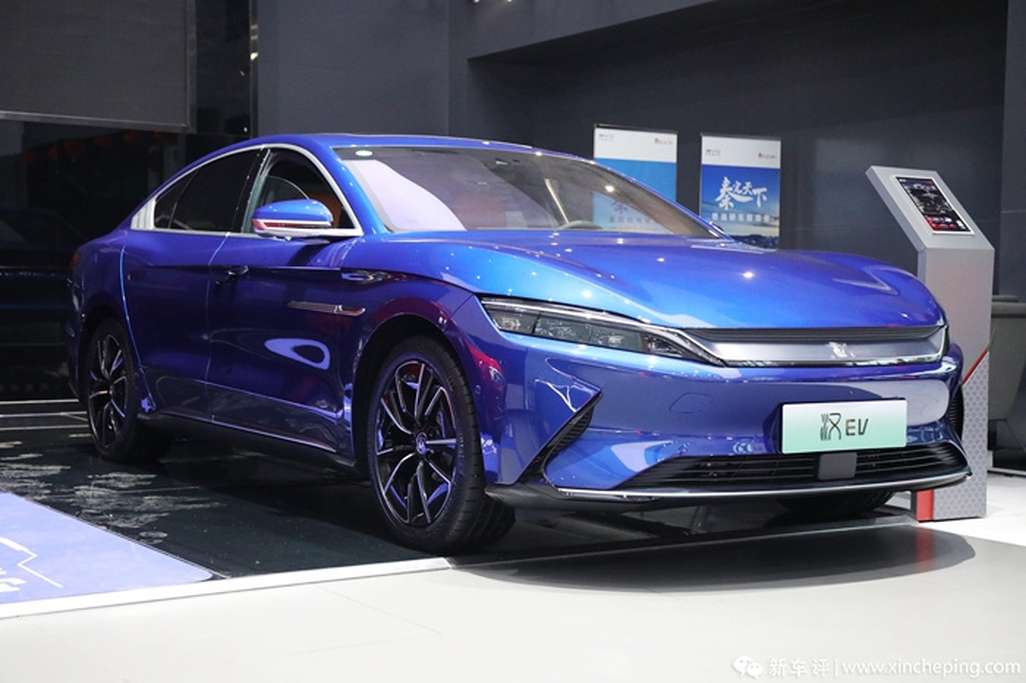
.jpg)
